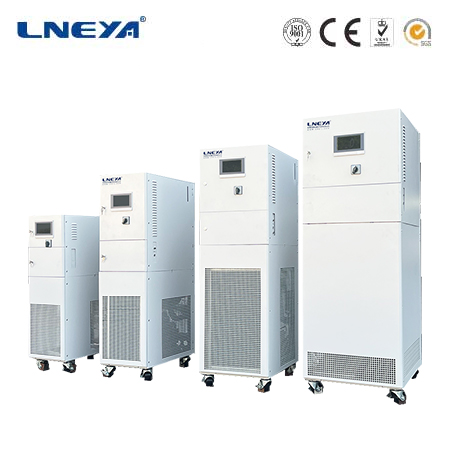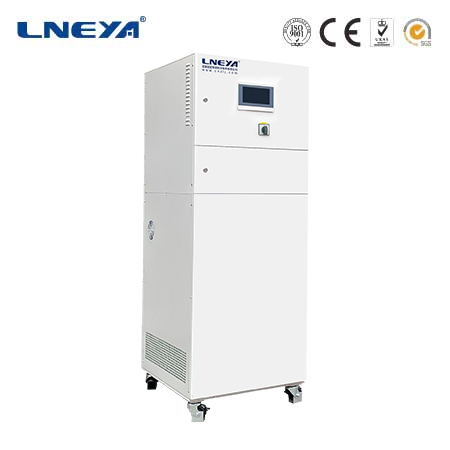water heater coil
What Is a Water Heater Coil?
A water heater coil is a heating element that warms water in both storage-tank and tankless systems. It operates either through electrical resistance or by transferring heat from an external source (e.g., a boiler). The coil’s efficiency directly impacts the heater’s performance, making maintenance essential.

Types of Water Heater Coils
Immersion Coils (Electric Heaters)
Found in electric water heaters.
Made of high-resistance metals (e.g., copper, stainless steel).
Heats water directly when electricity passes through.
Heat Exchanger Coils (Gas/Indirect Heaters)
Used in gas or boiler-connected systems.
Transfers heat from a burner or external source to the water.
Typically made of copper or corrosion-resistant alloys.

How Does a Water Heater Coil Work?
Electric Coils: When powered, they generate heat due to electrical resistance, warming the surrounding water.
Heat Exchanger Coils: Hot gas or boiler water flows through the coil, transferring thermal energy to the domestic water supply.
Common Problems & Maintenance
Mineral Buildup (Scaling): Hard water causes lime deposits, reducing efficiency. Regular descaling with vinegar or commercial solutions helps.
Corrosion: Galvanic corrosion can weaken the coil. Using a sacrificial anode rod prevents damage.
Electrical Failures: Burnt-out coils require replacement.
Leaks: Cracks or rust may lead to water leakage, necessitating coil replacement.

When to Replace a Water Heater Coil
Persistent lukewarm water despite thermostat adjustments.
Visible corrosion or physical damage.
Frequent tripping of circuit breakers (electric coils).
Replacement should be done by a licensed technician to ensure proper installation and safety.
Conclusion
A well-maintained water heater coil ensures efficient heating and prolongs the system’s lifespan. Regular inspections, descaling, and timely repairs prevent major issues. Understanding its function helps homeowners make informed decisions about maintenance and replacements.
Related recommendations
heated circulating baths
424Heated Circulating Baths: A Comprehensive GuideIntroductionHeated circulating baths are specialized laboratory and industrial equipment designed to provide precise temperature control for various ...
View detailswater cooled cooling system
454Water-Cooled Cooling Systems: An In-Depth Analysis Water-cooled cooling systems play a critical role in maintaining optimal temperatures in various industrial and commercial applications. These...
View detailsunit of chiller capacity
409Common Units of Chiller CapacityBritish Thermal Units per Hour (BTU/h)The British Thermal Unit (BTU) is a traditional unit of energy widely used in the United States and some other regions. One ...
View detailsheating water bath
284Heating Water Bath: A Comprehensive GuideA heating water bath is a versatile piece of equipment designed to provide a stable and controlled heat source by heating water within a contained vessel....
View details
 LNEYA Thermal Test Chillers
LNEYA Thermal Test Chillers






HelloPlease log in